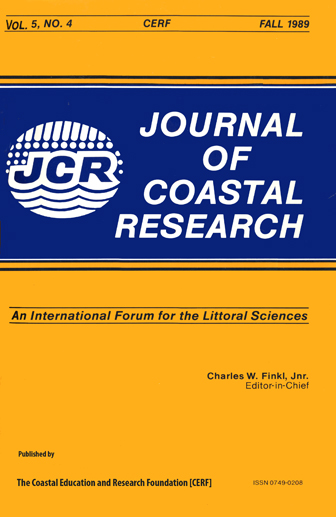Physiological Responses of Brown Seaweeds Sargassum filipendula and S. pteropleuron Before and After Transplanting on the West coast of Florida
Keywords:
Photosynthesis, Respiration, Proximate constituents, Sargassum, Transplantation, FloridaAbstract
Although Sargassum filipendula and S. pteropleuron grow in similar habitats on the west coast of Florida, they do not occur together. Six transplant experiments were designed to test the ability of the two attached, large brown algal species to grow and acclimate in the same habitats. Photosynthetic efficiency under varying irradiances (Ic, alpha) and photosynthetic and respiratory responses in a factorial salinity and temperature experiment did not change after 4 transplant experiments of S. filipendula and 2 transplant experiments of S. pteropleuron. Proximate constituents (ash, protein, lipid, soluble carbohydrate) in growing tips of the two species before and after transplantation also did not show any shift in concentrations, while kilojoules decreased in the transplants. It is concluded that the broad tolerances to irradiance, salinity and temperature allow both species to grow in a variety of habitats on the west coast of Florida ranging from exposed, high salinity coastal sites to protected, estuarine habitats. The question is then raised as to why these two species do not occur together although they will grow in the same habitat when transplanted.
Downloads
Published
1989-10-29
Issue
Section
Articles


